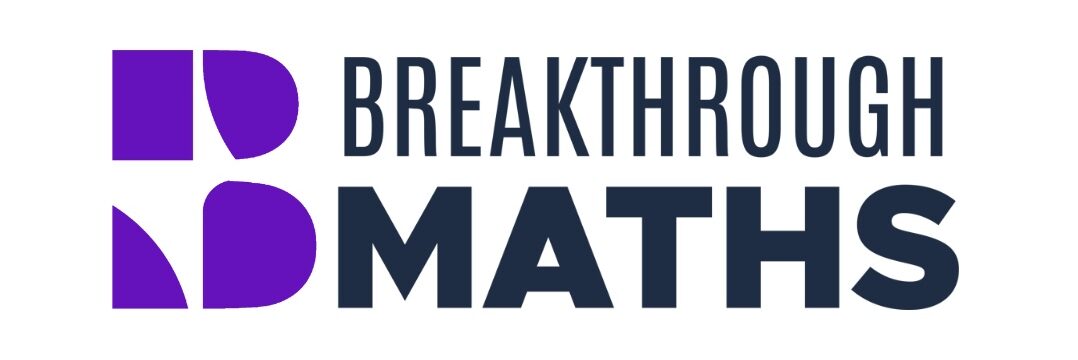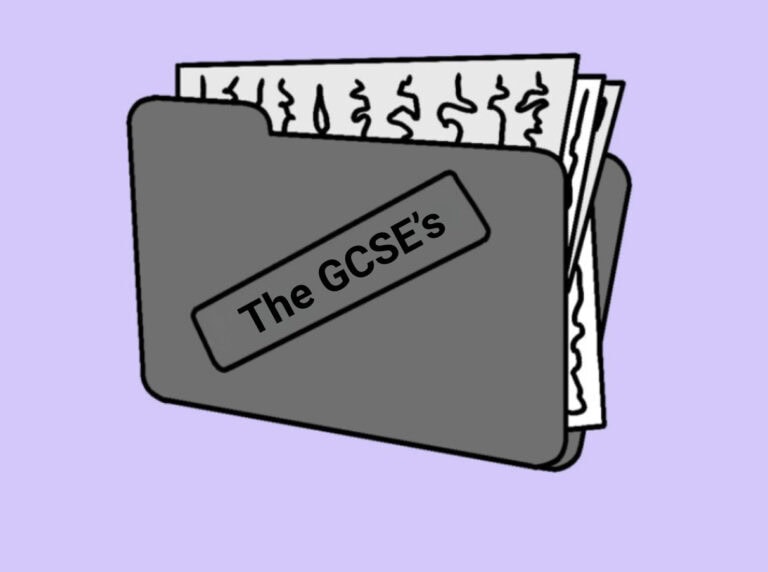GCSE Maths Papers 1, 2 and 3: What’s the Difference?
When it comes to GCSE Maths, the exam can feel like a three-headed monster: Paper 1, Paper 2, and Paper 3. Each one is worth a third of your final grade, and they all test the same maths content. So why three papers? And what’s the difference between them? Let’s break it down clearly, so you know exactly what to expect.
The Same Syllabus, Three Papers
All three papers cover the full GCSE Maths syllabus. Algebra, number, geometry, ratio, statistics, probability. There isn’t a “trigonometry paper” or a “data paper.” Instead, each paper is a mix of topics.
The real difference is in how you’re allowed to answer:
That’s it at the headline level. But the differences in style, skills, and what examiners expect are massive.
GCSE Maths Paper 1: The Non-Calculator Paper
Paper 1 is the one students fear most. No calculator allowed. Every mark depends on your ability to do maths by hand.
What to Expect
Lots of questions on basic number work: fractions, percentages, ratios, long division, multiplication.
Algebra questions where you have to keep your working neat. Expanding brackets, factorising, solving equations.
Estimation and approximation. Examiners love these here, because they check you understand numbers without tech.
Why It Matters
Paper 1 exposes weaknesses quickly. If you rely too heavily on a calculator, this paper will trip you up. The good news is that it rewards method: even if your final answer is wrong, showing clear working can earn you half the marks.
My Advice
Practice your mental arithmetic and written methods. Things like “35% of 420” or “write 0.48 as a fraction in its simplest form” should be second nature by exam day.
GCSE Maths Paper 2: 1st Calculator Paper
Paper 2 is usually seen as a relief. You can finally use the calculator. But don’t get too comfortable.
What to Expect
Why It Matters
The calculator makes arithmetic easier, but the questions are more demanding. You’ll be asked to model problems, show reasoning, and explain answers, not just crunch numbers.
My Advice
Use your calculator wisely. Students often waste time typing in every single step. Learn to combine steps and check answers quickly. But never rely on the calculator alone. Set out your reasoning, because the examiner is looking for it.
GCSE Maths Paper 3: 2nd Calculator Paper
Paper 3 is the final hurdle. Structurally it’s very similar to Paper 2, another calculator paper, but examiners often push the problem-solving side even harder.
What to Expect
Why It Matters
By the time you reach Paper 3, fatigue can kick in. But you can’t relax, this paper is just as important as the others. Sometimes exam boards hold back “nasty” questions until Paper 3, so don’t assume it’ll be gentle.
My Advice
Treat Paper 3 like the last 20 minutes of a football match. You’ve got to keep your concentration. Stay calm, focus on one question at a time, and remember every mark counts.
Which Paper Is the Hardest?
Ask a group of students and you’ll get different answers. Some dread the non-calculator Paper 1, others swear Paper 3 is the real killer. In truth, it depends on your strengths. If mental arithmetic isn’t your thing, Paper 1 feels brutal. If you struggle with long, wordy problem-solving, Paper 3 can be the toughest. Many teachers say Paper 3 often ramps up the challenge with multi-topic questions designed to stretch higher-grade students.
The key is not to label one as “the hard paper,” but to prepare for all three equally because together they decide your final grade.
However, the GCSE Maths exam is difficult in general. Almost 40% of students failed their exam in 2024 which I discuss in the video below.
How the Three Papers Work Together
Each paper is worth a third of your total mark. So if one goes badly, you can still recover with the others. That’s why consistency is key, don’t just revise for Paper 1 and hope the calculator will save you later.
Examiners design the three papers as a package:
Together, they give a full picture of your maths ability.
Grade Boundaries and Strategy
Because of the three-paper structure, the grade boundaries are calculated across all of them combined. That means you don’t “pass” or “fail” Paper 1, you’re building towards a total score.
For example:
So don’t panic if one paper feels disastrous. Focus on picking up marks wherever you can, and make sure you show your working.
How to Revise for Each GCSE Paper
For Paper 1 (non-calculator): Drill the basics. Mental maths, fractions, percentages, times tables. Practice without a calculator so you don’t panic when you’re not allowed one.
For Papers 2 and 3 (calculator): Learn your calculator tricks. Make sure you can use functions like fraction, standard form, and memory. But also practice problem-solving, don’t just treat it as “press buttons and move on.”
For All Papers: Past papers are your best friend. The more you see, the less likely you are to be surprised in the real exam.
Final Thoughts
GCSE Maths isn’t three different subjects, it’s one exam split into three parts. Each paper has its own flavour, but together they test the same thing: can you handle maths confidently, with and without technology?
So the best prep is balance. Don’t just hammer the calculator stuff. Don’t just revise algebra because you like it. Cover the full syllabus, know your strengths and weaknesses, and build confidence across all three papers.
By the end, you’ll see that Paper 1, 2, and 3 aren’t three monsters, they’re three chances to show what you can do.
If you’re struggling with GCSE Maths, you can sign up to a free online class with us here. You can also read my Year 11 Guide here for more advice on GCSE Maths. Or you can watch my video below on my tips to improve for a



